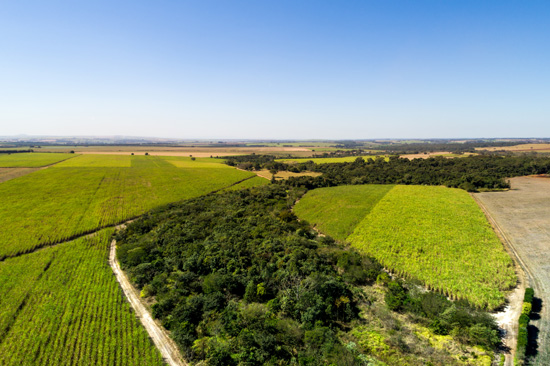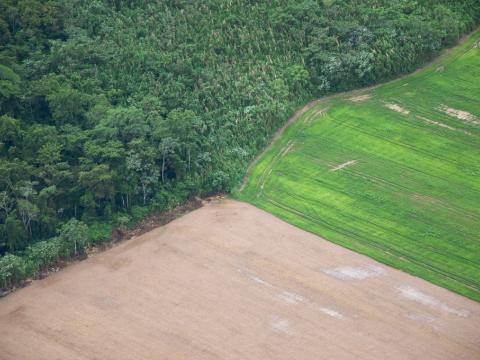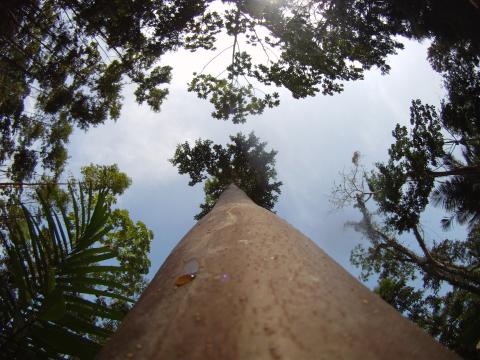New publication on Environmental Reserve Quotas (CRA) in Brazil

A rural area near São Paulo, Brazil. Photo credit: Filipe Frazão
In Brazil, rural properties play an important role in biodiversity and natural resource conservation, as owners must maintain native vegetation on at least 20% of their total land area. These “Legal Reserves” (LR) preserve forested areas and their ecosystems, ensuring ecological balance. However, many properties have yet to meet these requirements resulting in a deficit of LR. Established in 2012 by the Forest Code, Cotas de Reserva Ambiental (CRA, Environmental Reserve Quotas) are one compliance mechanism, that is being created by the Federal government. The CRA program plans to create a market through which landowners, with LR deficits can meet their legal obligations by purchasing quotas, and thus protect an equivalent area located on another property. This market mechanism has the potential to be a very efficient conservation tool. Once the federal market regulations are established, it will be up to Brazilian States to regulate CRA transaction conditions within and among states.
In our latest study on the CRA program, we gathered data via interviews with managers from government environmental departments from 15 Brazilian states, an extensive literature review, and a seminar to determine the main challenges to implementing CRA markets in the states, as well as opportunities to overcome those obstacles. Read the full study (in Portuguese).
- Log in to post comments


